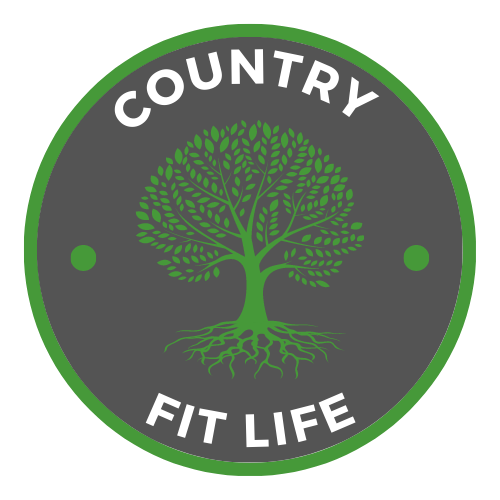Do you find it hard to know what to look for when eating real food? Check out these 4 tips below.
Real food doesn’t need a fancy package, or any package at all.
Its amusing to me when I see protein bars using their package to promote their “lower sugar”, “low carb” “23g grams of protein”, and “richness in branch chain amino acids”. I would much rather have some grass-fed beef that has more protein, more BCAA’s, and a lot less sugar. Grass-fed beef is very humble; it doesn’t need the fancy label to tell you how fabulous it is. All this good stuff also comes without the “triple layers, filled with crunchy 'crispies' all coated in chocolate”, “sugar free fudge made from maltitol syrup” and lots of soy that make up the ingredients list of the one of the UK’s top selling bars. Don’t get caught up in fancy marketing techniques or outlandish claims. Most real food doesn’t have any packaging at all.
Real food doesn’t need to tell you how healthy it is.
Do you remember the special K adverts at the beginning on 2016 describing Special K cereal as “full of goodness” and “nutritious”? They actually got banned in the UK, after the advertising watchdog found the claims could not be adequately backed up. But they still continue to preach that Special K is nutritious - its cereals contain fibre and wholegrain, and are a source of valuable vitamins and minerals. What most consumers miss though is that the second ingredient after rice/whole-wheat is sugar, and most grains, (even the whole ones) are quickly converted to sugar once they enter the body. So essentially, Special K is just a box of sugar. Be suspicious of any claims that companies use to promote their own products. Real food should speak for itself.
Real food does not need to be altered.
Fortified foods like breads and cereals. Skim milk. Egg whites. Low fat, reduced fat. Reduced sugar. There is an endless amount of foods that are altered in order to make them more appealing to consumers.
Real food doesn’t need to have components added or removed to make them healthy. Real food is either healthy in its whole form, or its not. Its that simple.
Real food goes off.
Want to know the difference between a 10-year old McDonalds hamburger and one that comes “fresh” off the grill? The picture below shows a McDonald’s hamburger from 2006, the Redit user posted the image in 2016 with the subject: 'This girl I know bought this McDonald's Cheeseburger and fries 10 years ago this month. It looks fresh out of the drive thru.' The burger had no signs of mould, fungus or even a strange odour, the show's hosts said. The only thing that had changed over the years was that the pickle had disintegrated. This is clearly not real food. Real food has a short shelf life and should go bad within a few days of being picked or purchased. You will know you’re buying lots of real food when your refrigerator fills up and empties itself every few days.
For some inspiration, here are some pictures of our plates of real food.
Work with Emma-Louise
Interested in receiving one-on-one support? I currently work with a select number of clients each month interested in nutritional therapy.




